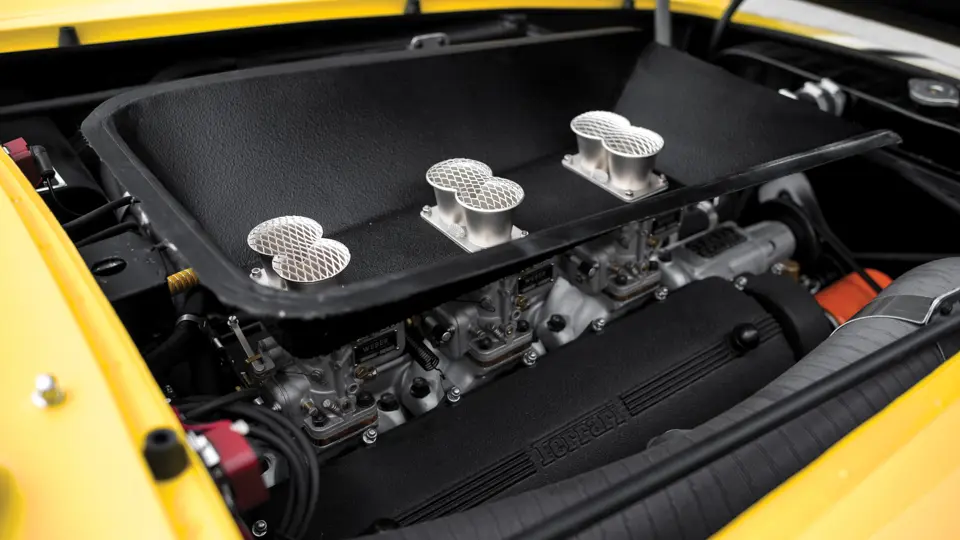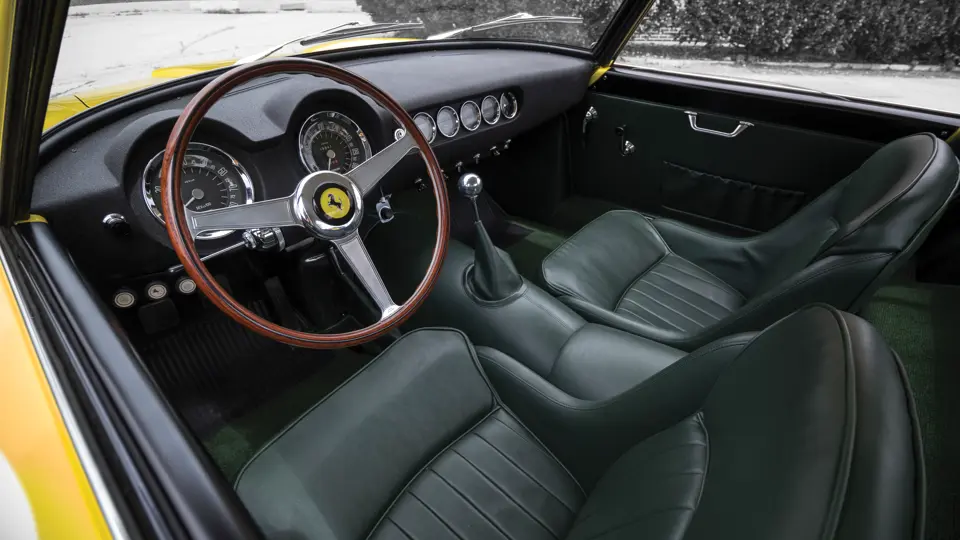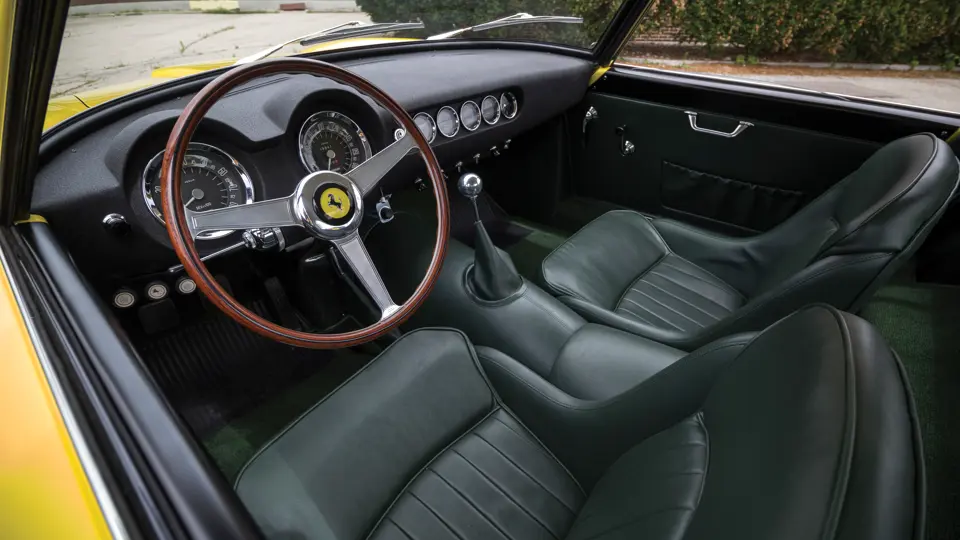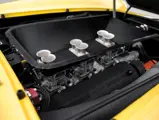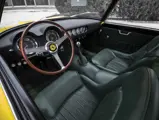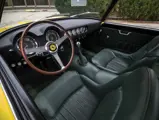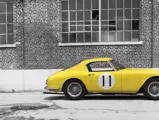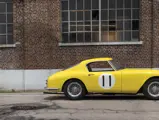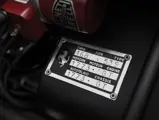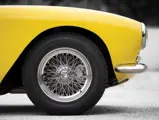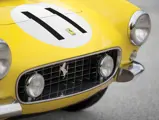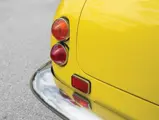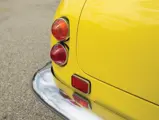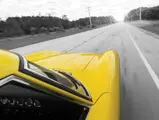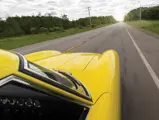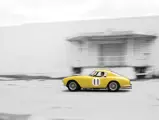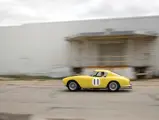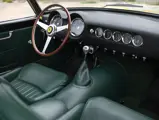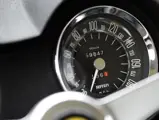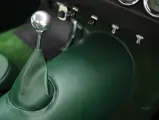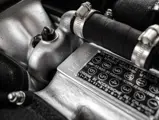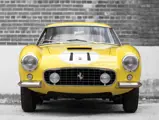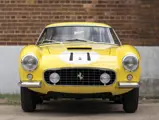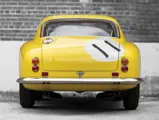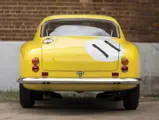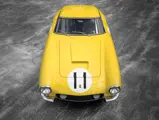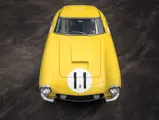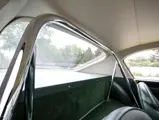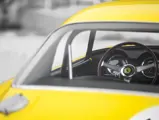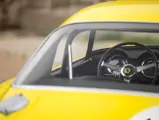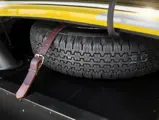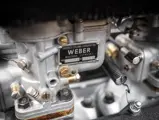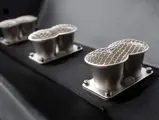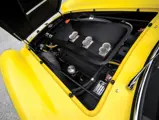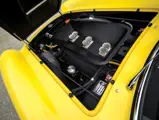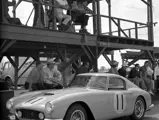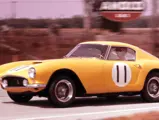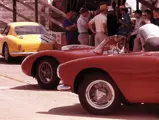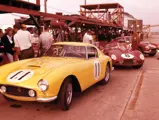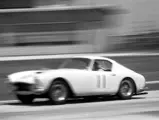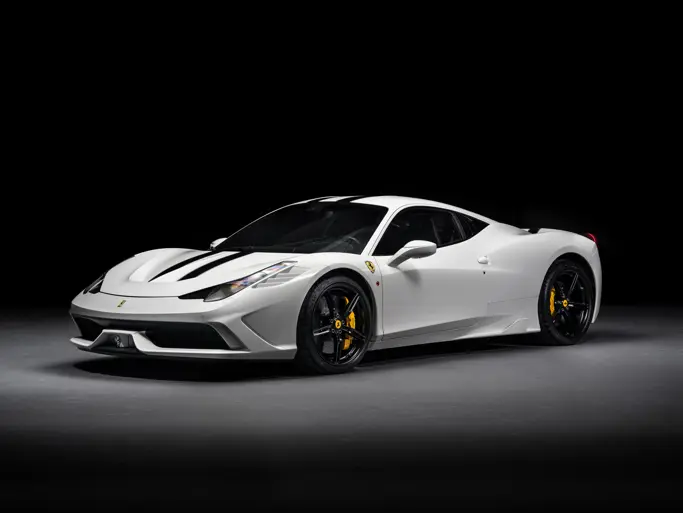
1960 Ferrari 250 GT SWB Berlinetta Competizione by Scaglietti
{{lr.item.text}}
Estimate Available Upon Request | Not Sold
The Pinnacle Portfolio: A Rare Collective of Automotive Distinction
{{bidding.lot.reserveStatusFormatted}}
- One of about 45 highly desirable alloy-bodied Competizione versions built in 1960
- Incredible period racing history; 7th overall and 5th in class at the 1960 12 Hours of Sebring as a NART entry
- One of the finest restored examples in the world
- Recent concours-level restoration to original specifications by Motion Products Inc., which cost nearly $700,000
- Retains its original aluminum coachwork, chassis, engine, gearbox, and rear differential
- An excellent SWB in every important regard; unquestionably one of the best
280 bhp, 2,953 cc SOHC Colombo V-12 engine with three Weber 40 DCL6 carburetors, four-speed manual transmission, independent front suspension with parallel A-arms and coil springs, solid rear axle with semi-elliptical leaf springs, and four-wheel Dunlop disc brakes. Wheelbase: 2,400 mm.
Chassis number 1773GT was constructed by the factory in March 1960 as the eighth of about forty-five aluminum-bodied competition 250 SWB Berlinettas for that year, and it boasts a remarkable history that stands proud amongst the many successes for the 250 SWB Berlinetta as a model.
By 1959, Ferrari was a well-respected force in international motorsport. In the GT class, the company was second to none, and its 250 GT long-wheelbase Berlinetta was considered by many to be the finest dual-purpose GT car ever built. Ferrari introduced that car’s replacement at the 1959 Paris Salon, and while it appeared similar to the outgoing “Tour de France” in many ways, it boasted a number of updates, including a new chassis with a wheelbase 20 centimeters shorter than its predecessor, a new Tipo 168 engine producing 280 horsepower in competition specification, and disc brakes, with the latter being a first for Ferrari.
Customers could order their new 250 GT Berlinetta in either right- or left-hand drive, specify an uprated competition engine, and add other custom touches to further personalize their cars. Of course, the most desirable examples were those built for competition, leading Ferrari to more victories in motorsport, and the 250 GT SWB presented here is one such example.
Chassis number 1773GT was built to competition specifications fitted with not only aluminum bodywork but also a factory roll bar. A number of features were absent from the car, including side vent windows, fender vents, rain gutters over the doors, side indicators on the front fenders, an indentation for the trunk on the license plate, a vent over the rearview window, and finally, a glove compartment. The car was completed by the factory on March 16, 1960.
SEBRING, NASSAU, AND BEYOND
Just nine days later, the Ferrari made its way to sunny Florida, where it was preparing to compete at the ninth annual 12 Hours of Sebring. The car was delivered through Luigi Chinetti to legendary racing figure George Arents, who entered it in the race, along with famous gentleman driver Bill Kimberly as co-driver, under the banner of Chinetti’s North American Racing Team. Bill Kimberly was heir to the Kimberly-Clark paper fortune, and quite interestingly, 1773GT was photographed for this catalogue in Wisconsin, in and around the Kimberly-Clark factories. It proved to be a good year for the 250 SWB at Sebring, as Arents and Kimberly finished a highly impressive 7th overall and 5th in class, with another NART-entered 250 SWB, driven by Ed Hugus and Brewing-heir Augie Pabst (chassis number 1785GT), placing 4th and 2nd in class. The 250 SWB (1539GT) of Bill Sturgis and Fritz D’Orey finished 6th overall.
This would be the sole occasion that Arents raced his 250 SWB. The following month, it was sold to another well-known American enthusiast, Robert M. Grossman of Nyack, New Jersey. Grossman’s first race was the SCCA National GT race at Bridgehampton, New York, on May 30 and 31, and he took 1st overall. The car even appeared on the cover of the October 1960 issue of Sports Cars Illustrated magazine before its next series of races at the Bahamas Speed Week.
In his first race at Nassau in the Nassau Tourist Trophy, Grossman and 1773GT finished 2nd overall, behind another 250 SWB, which was driven by none other than Stirling Moss. Grossman returned for the Governor’s Trophy on December 3, finishing 11th overall and 4th in class. The next day, Grossman and his Ferrari placed 11th overall and 1st in class in the open race of the Nassau Trophy.
Chassis number 1773GT was sold to its third owner, Bob Hathaway of Rhode Island, in early 1961. Hathaway found similar success as Arents. It was raced at a handful of SCCA events in the U.S. Northeast and even in a race at Mosport in Bowmanville, Ontario, Canada, placing 1st overall. Chassis 1773GT then returned to Nassau in 1961, placing 4th overall and 3rd in class in the over 1,500-cubic centimeter GT class race on December 3 and 3rd overall and 3rd in class at the Nassau Tourist Trophy the same day. In the Governor’s Trophy on December 8, Hathaway placed 7th overall and 5th in class.
In 1962, the Ferrari was purchased by Walter Luftman, of Rye, New York, and later passed to Jim Hunt, of Fort Lauderdale, Florida. In 1966, it was then acquired by Adrian Pothus, of Ann Arbor, Michigan, remaining in his tenure for 10 years before it was purchased by Joseph William Moch, of Grand Rapids, Michigan, in March 1979. Chassis number 1773GT then passed to Anthony Mudd in 1983, before it was exported overseas to Jean-Jacques Bally, of Vence, France, and later Rinnie Van Der Velden, of Holland, in June 1987.
While in Mr. Van Der Velden’s ownership, a new front clip was installed by Alwin Hietbrink Coachworks, but it is important to note that the car retained the remainder of its original Scaglietti aluminum coachwork. In February 1994, the car was sold to Tony Smith in the United Kingdom, who commissioned David Cottingham’s DK Engineering to perform a full restoration, with engine work being performed by Bob Houghton. Following the completion of its restoration, the car was sold to Andre Ahrle, of Bonn, Germany, in 1996 and was purchased by a prominent collector in the Pacific Northwest in 1999.
This 250 GT SWB was then displayed at the eighth annual Amelia Island Concours d’Elegance in 2003, and four years later, it was purchased by John Romano, of Connecticut. The car was exercised by Romano in June 2007 at the Ferrari Historic Challenge Series at Mont Tremblant and later shown by him at the Cavallino Classic in 2010. Chassis number 1773GT also received a color feature in the May 2013 issue of Ferrari World magazine.
After being acquired by The Pinnacle Portfolio, chassis number 1773GT was immediately shipped to Wayne Obry’s esteemed Motion Products Inc. in Neenah, Wisconsin, for a complete restoration back to its 1960 Sebring livery. The owner’s directive was simple: he wanted a restoration beyond reproach that could compete at the highest level of concours judging and would be capable of handily winning awards wherever shown. Mr. Obry’s firm was chosen specifically on the advice of countless collectors who were consulted on this project and who believed that a Ferrari of this caliber should be sent to Motion Products.
Though the car was already an excellent example, the project was carried out with a near-fanatical level of detail. It received new yellow paintwork and a new green interior, as per its original specifications. The engine was fully rebuilt, and during restoration, Motion Products was able to confirm that the car is still retaining all of its original mechanical components, including the engine, transmission, and rear axle. Additionally, no evidence of accident damage was found during the restoration, confirming the purity and exceptional quality of chassis number 1773GT and placing it amongst the upper echelon of all 250 GT SWB Berlinettas. All told, this was a top-to-bottom, full nut-and-bolt restoration
The attractiveness of 1773GT is truly two-fold. On the one hand, its provenance is graced with such illustrious names as Grossman and Kimberly, and on the other hand, its condition remains mechanically pure and enjoys a restoration of the highest caliber. But perhaps most importantly, despite all the effort and care lavished on this car, it has not been presented publically since restoration, and the new owner has the opportunity to show the car at such distinguished events as the Pebble Beach Concours d’Elegance. It is, without exaggeration, an opportunity not to be overlooked!
Racing chart available within the catalogue description.
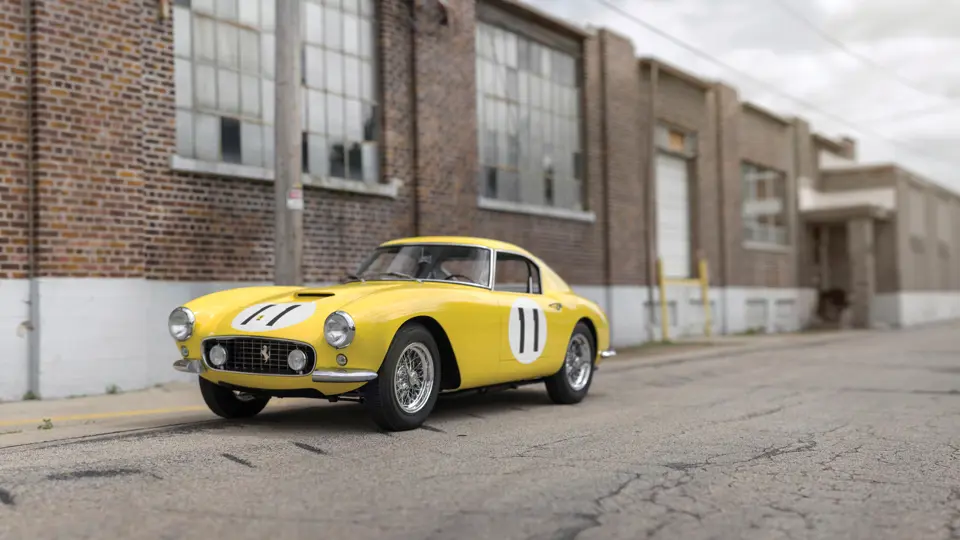
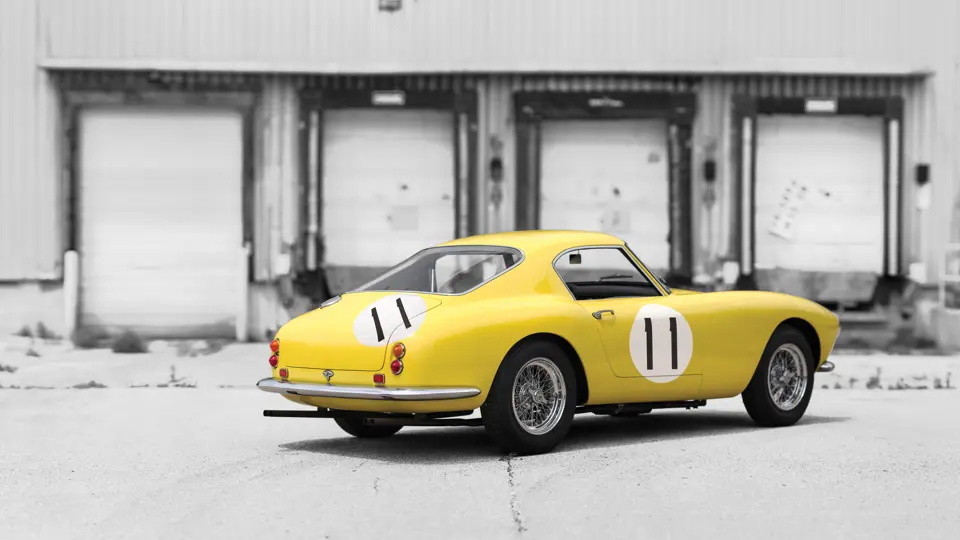


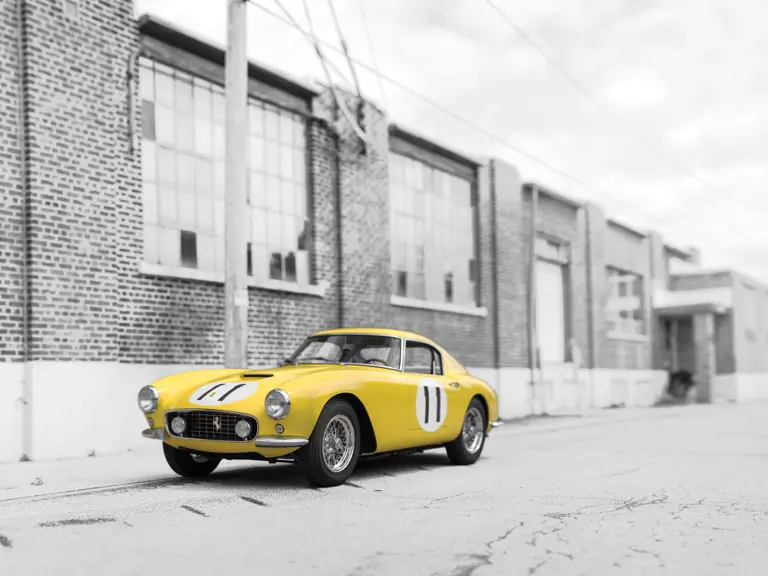

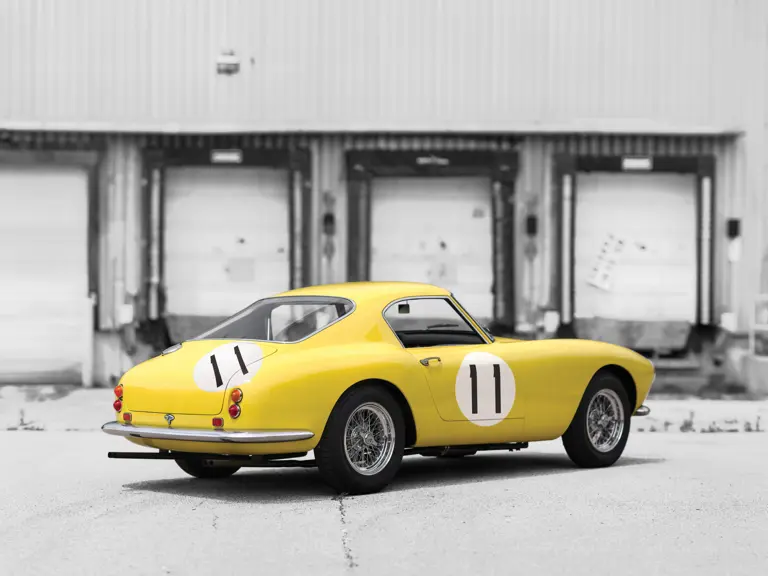
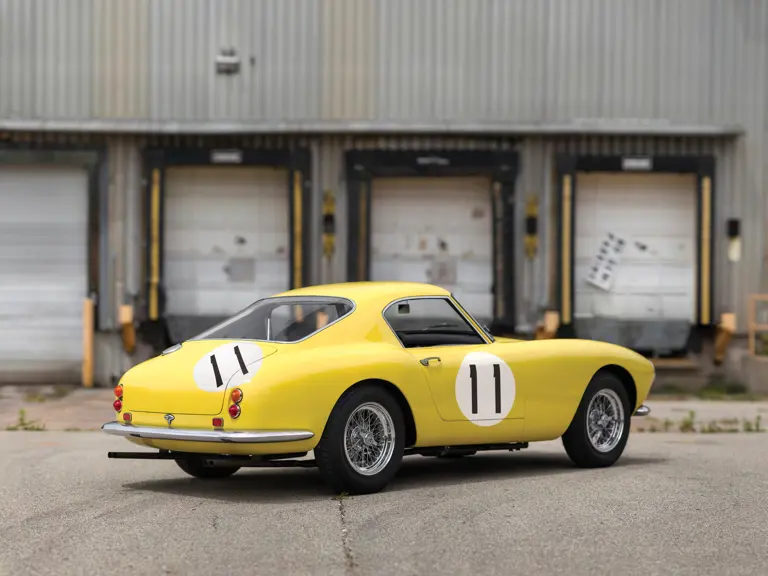
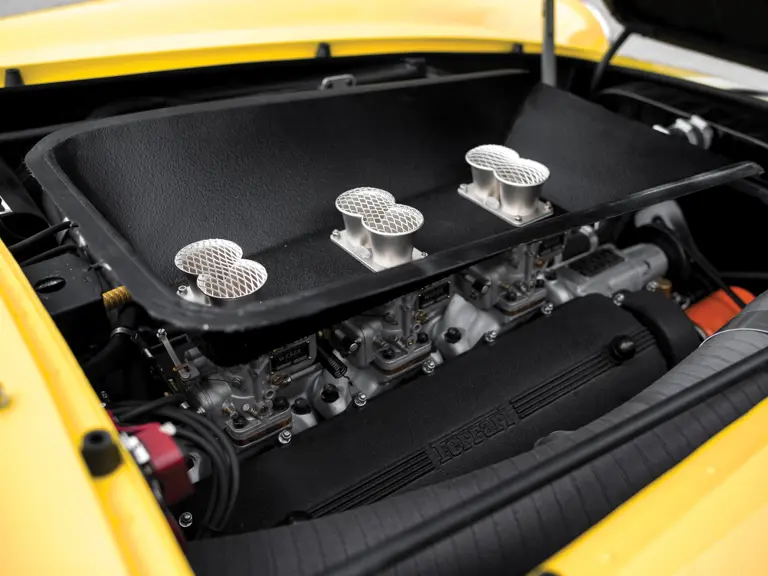

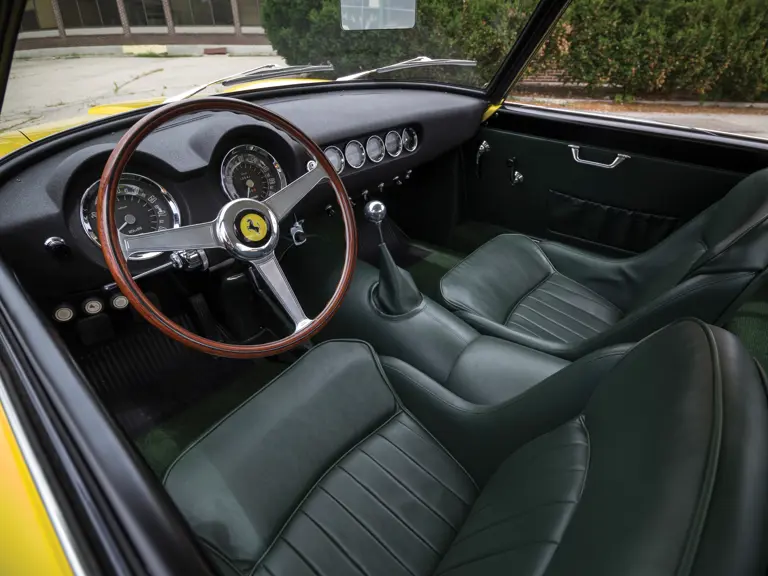
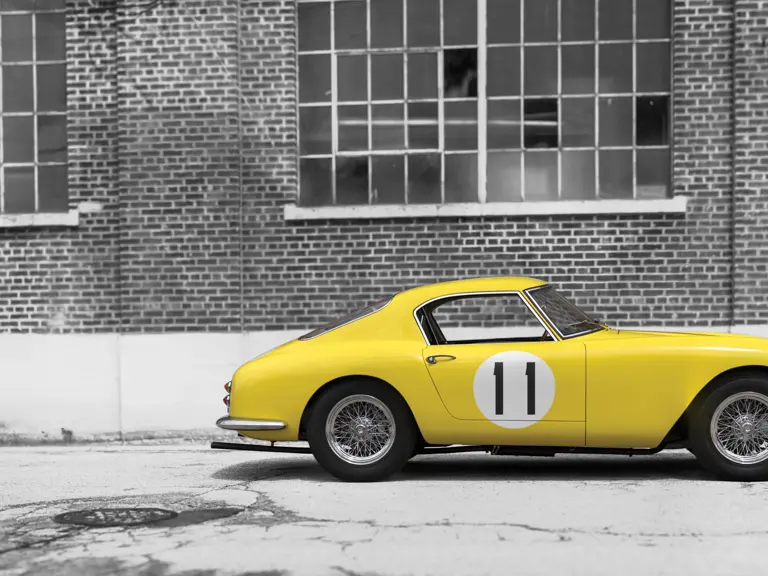
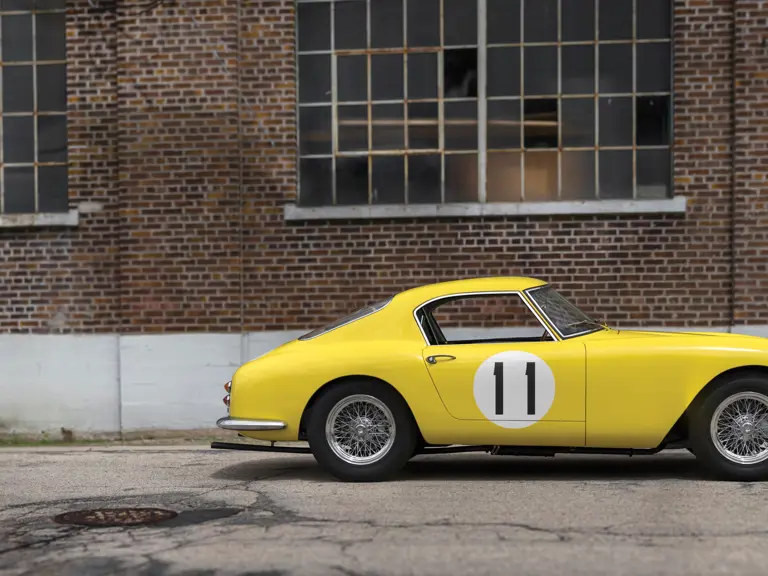
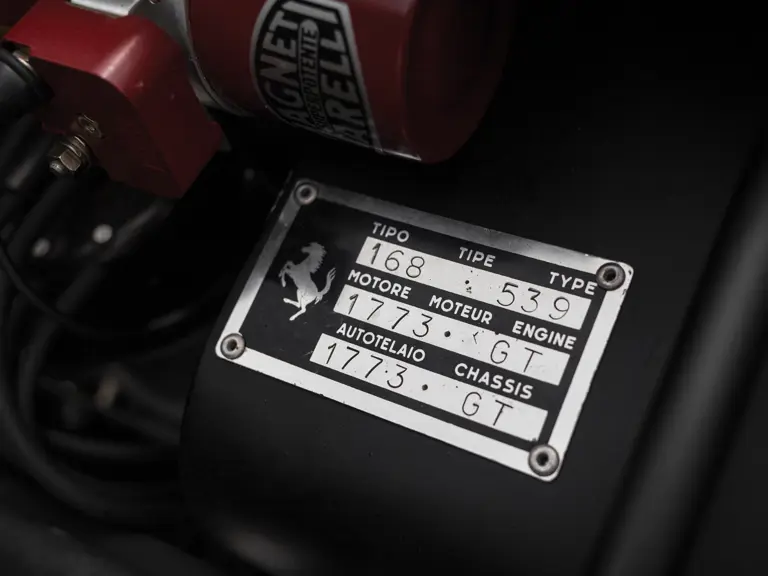
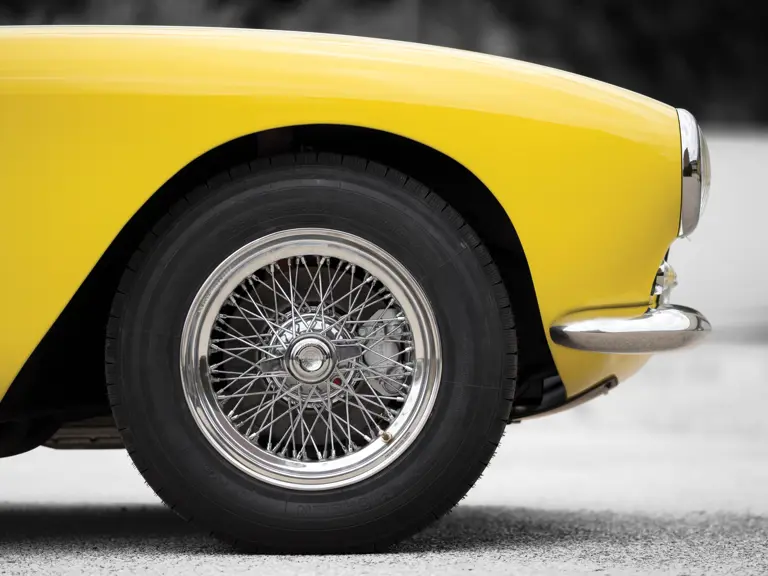
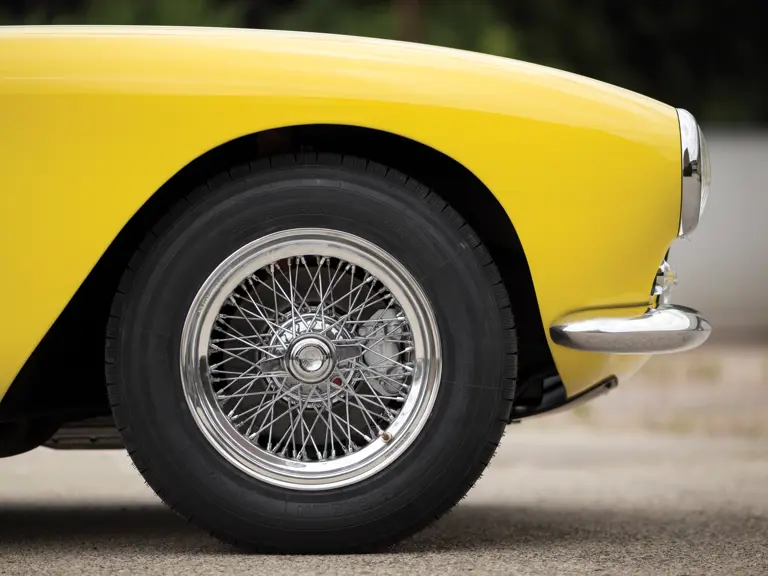

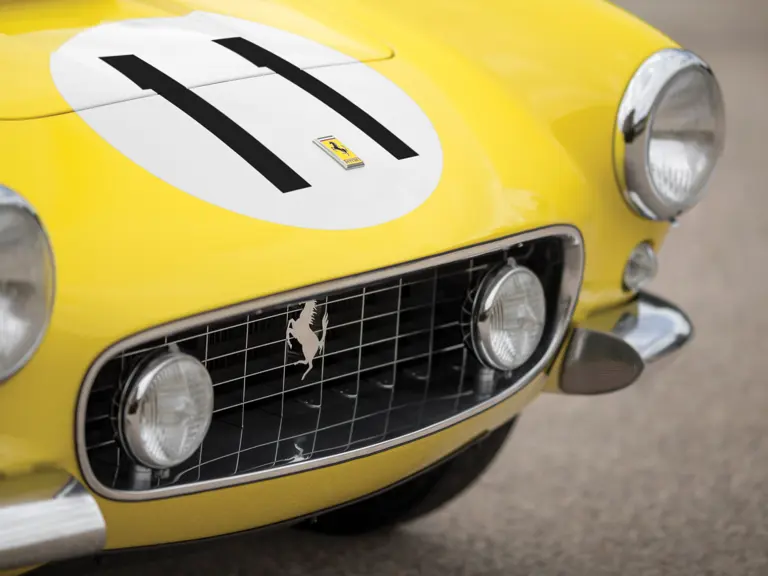
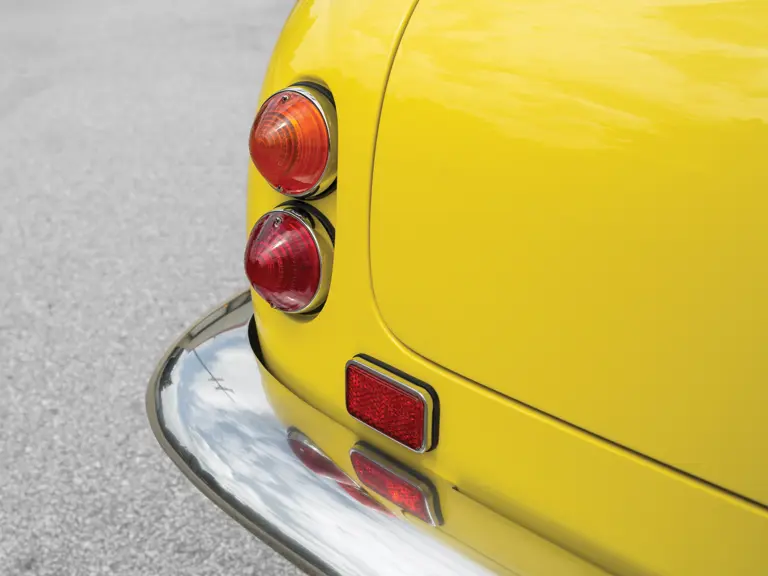
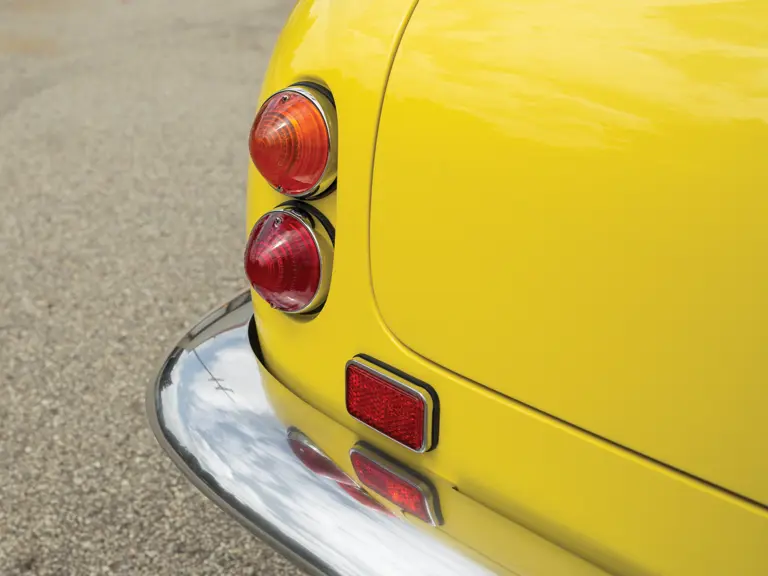
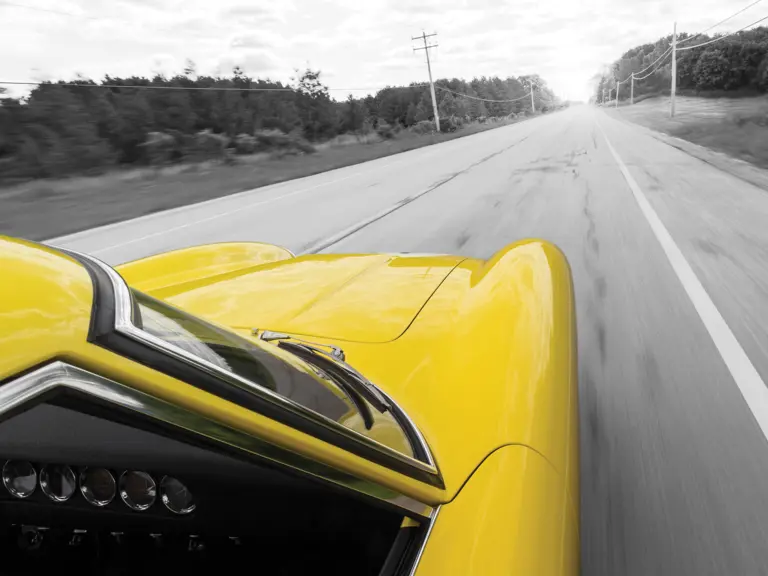
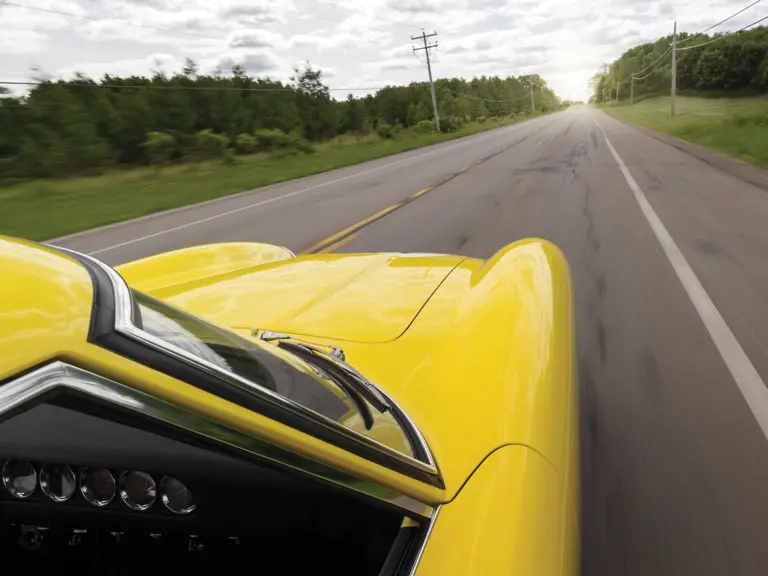
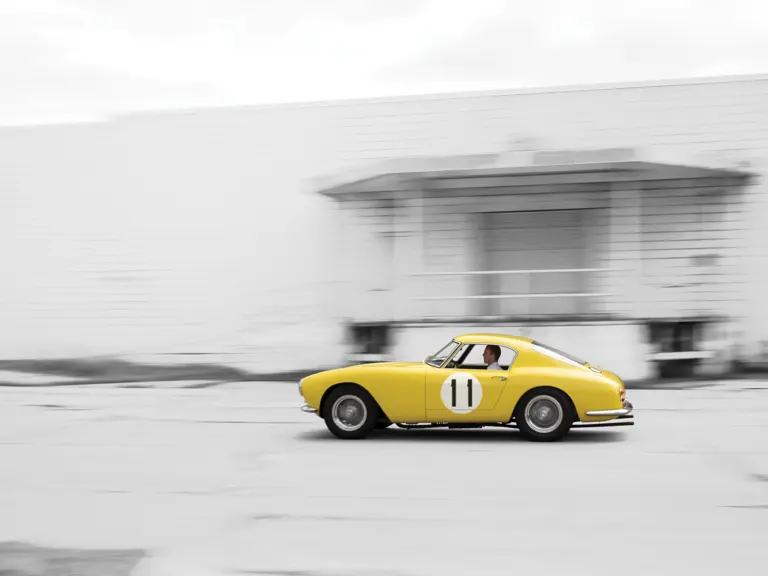
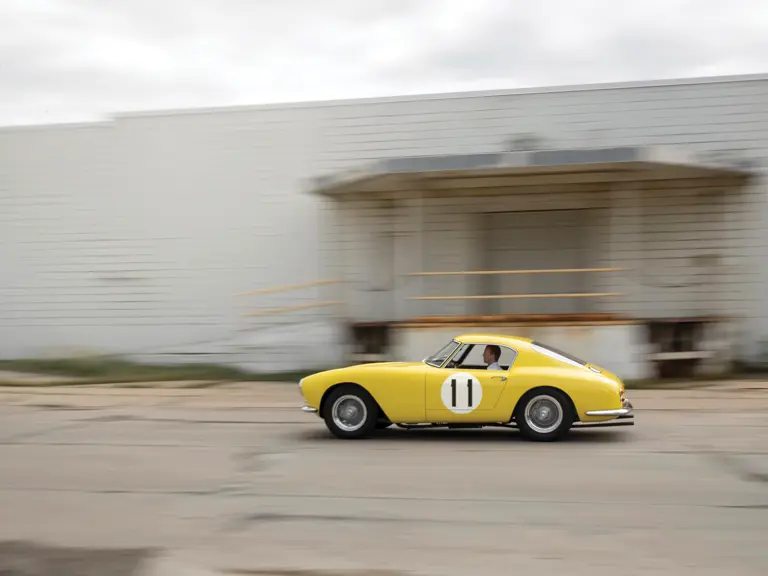
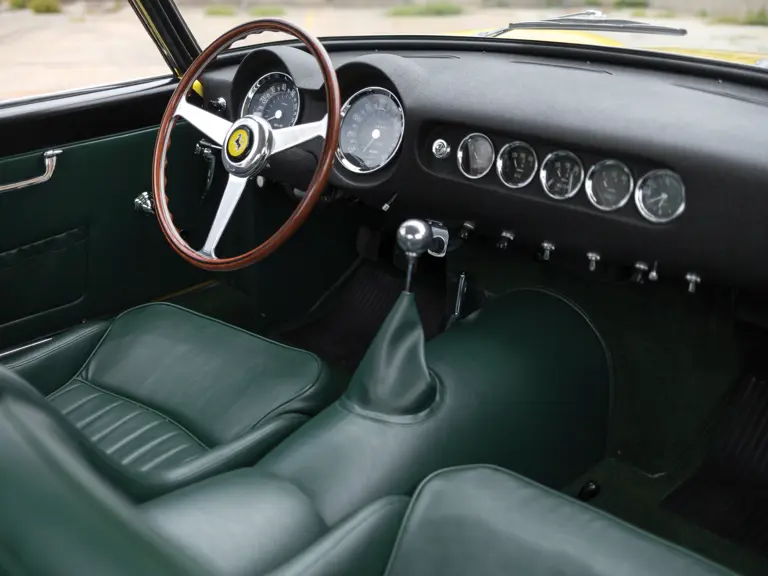
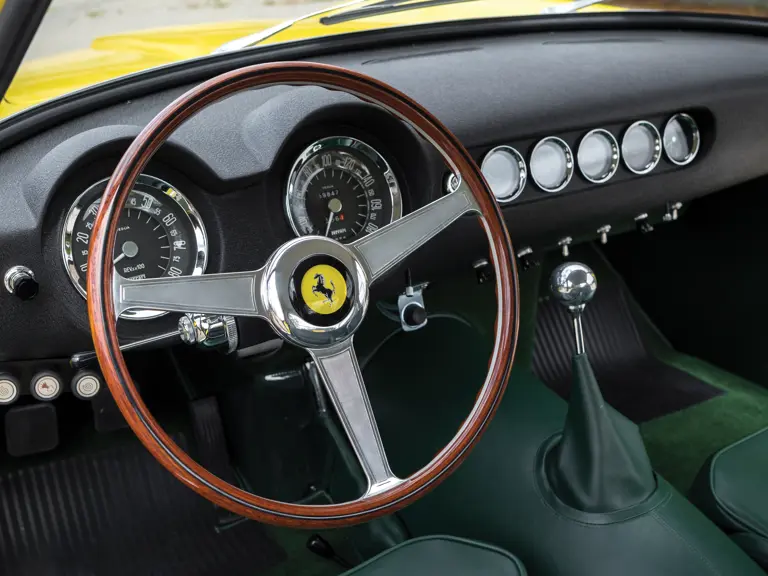
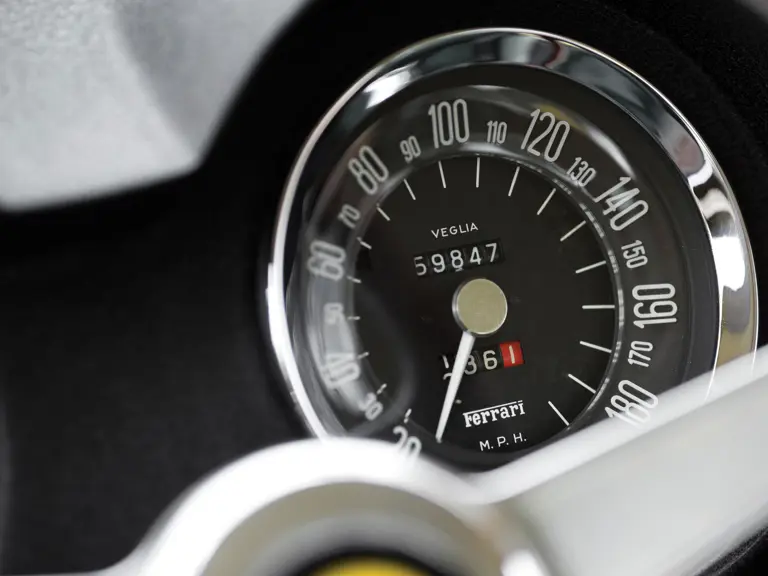
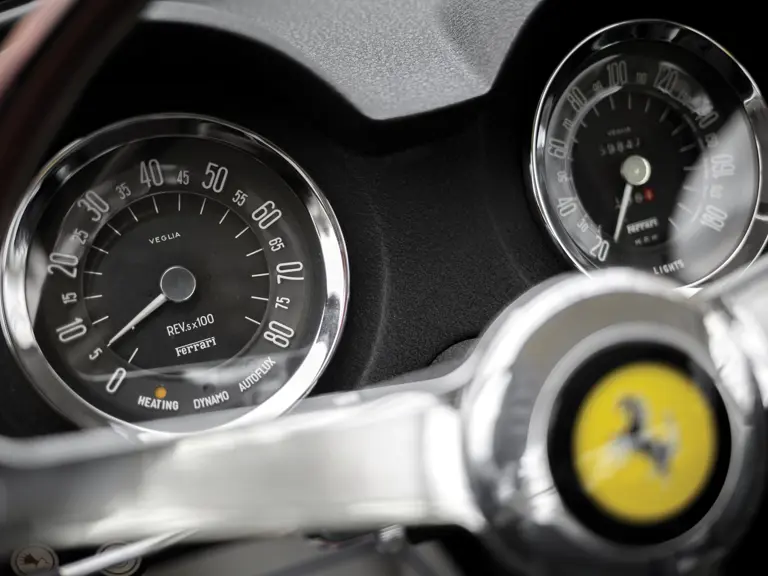
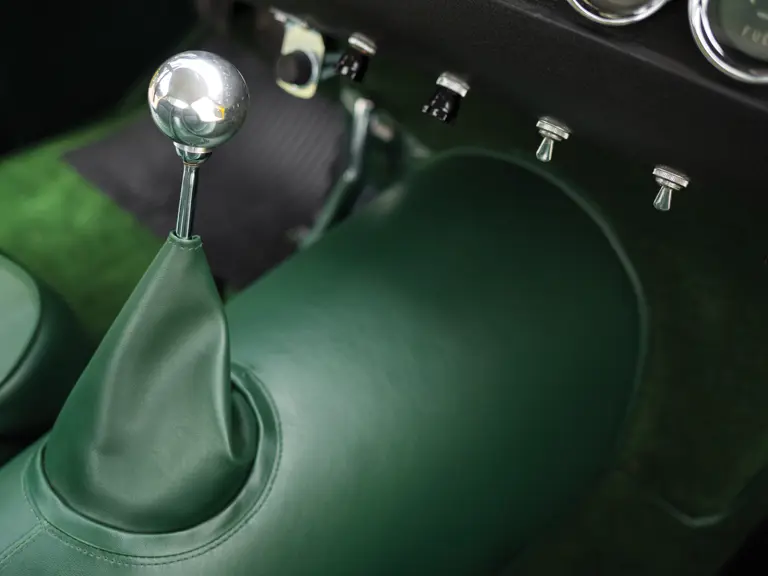
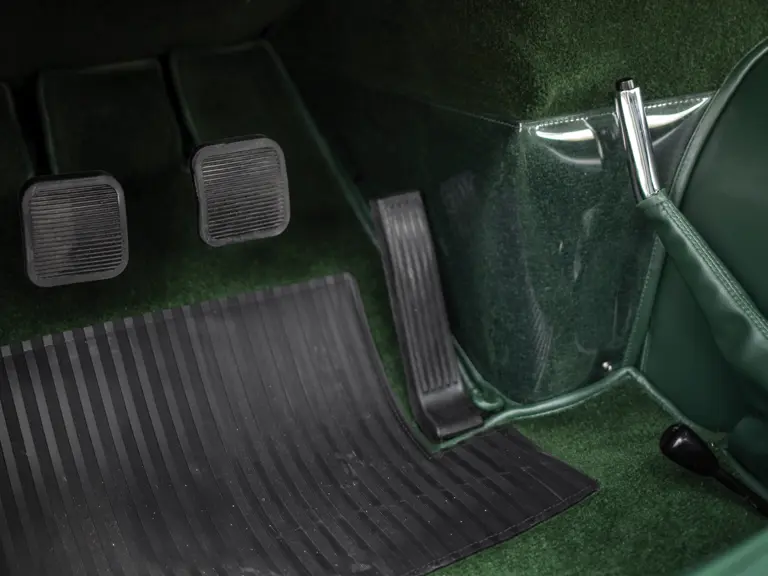
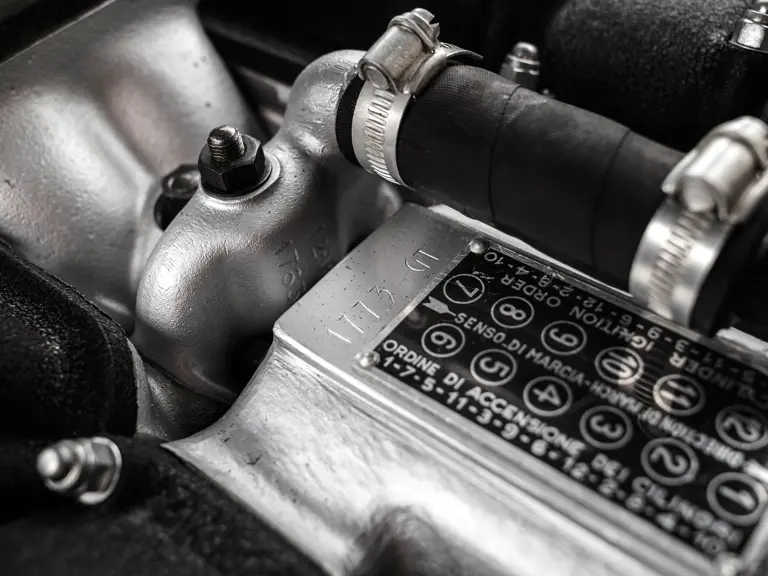

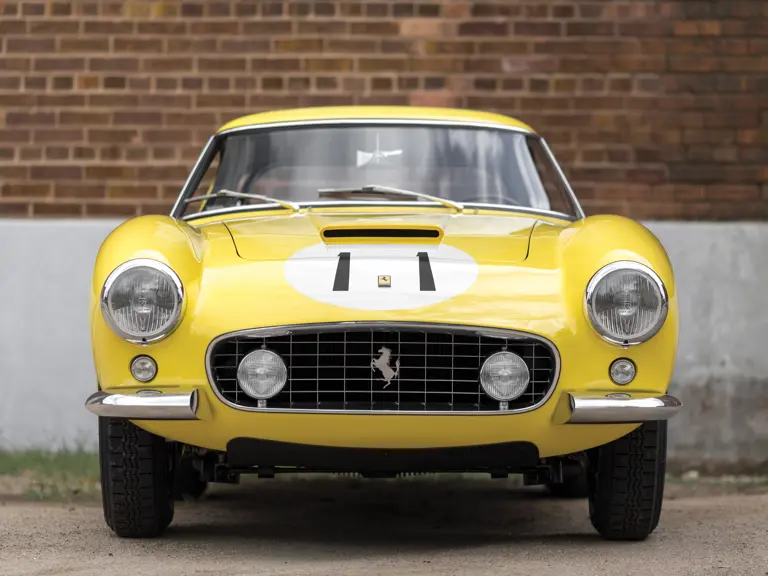

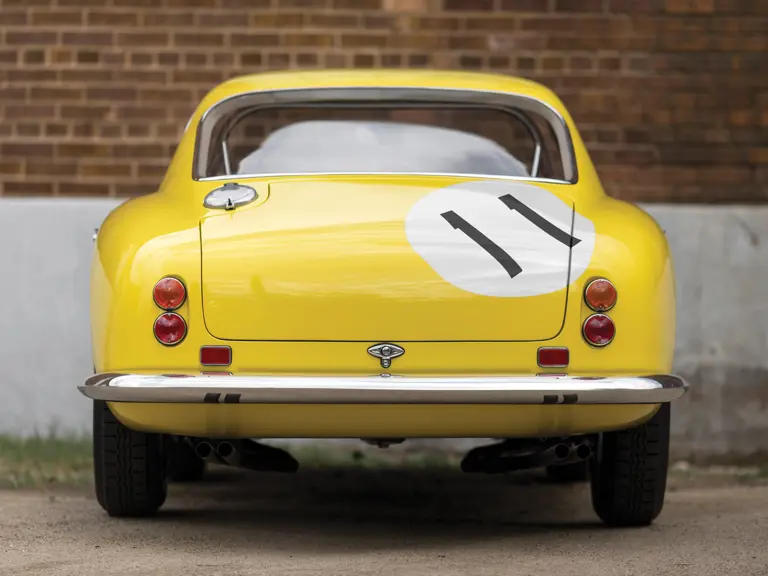


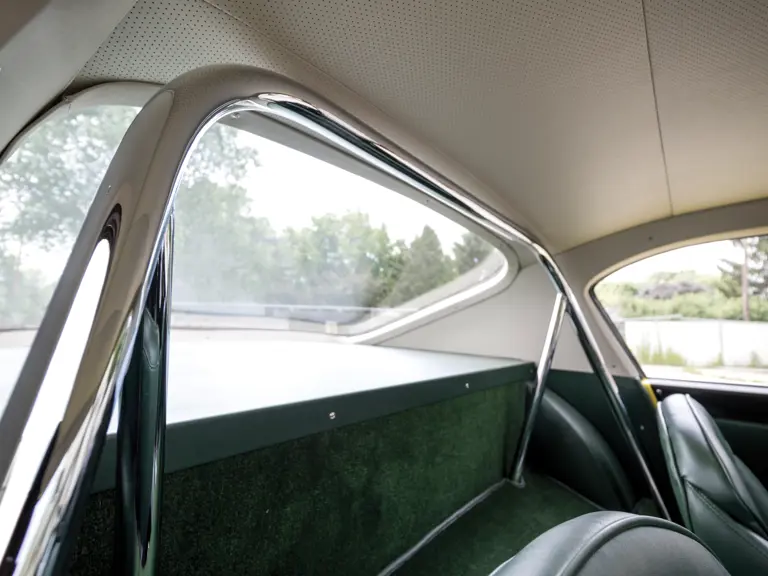
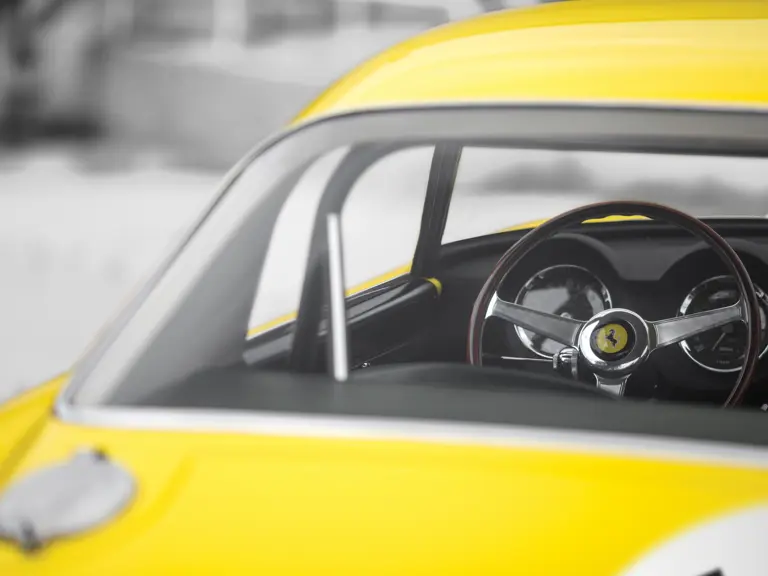
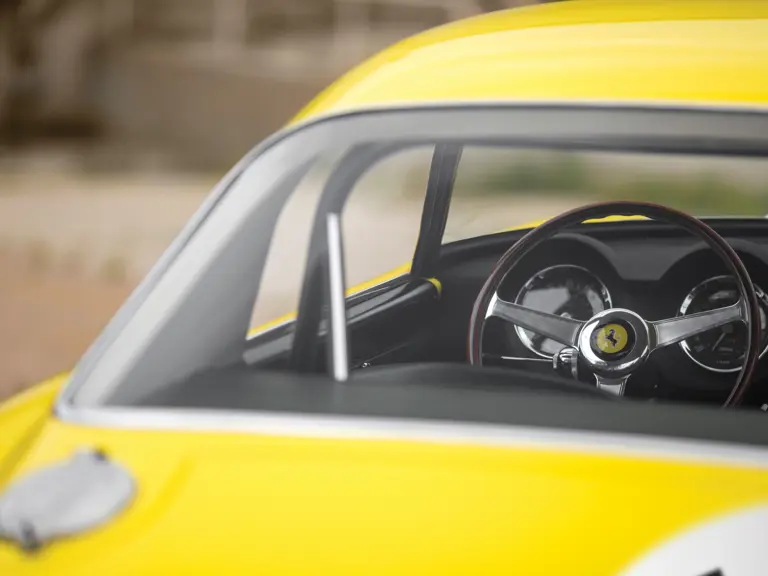
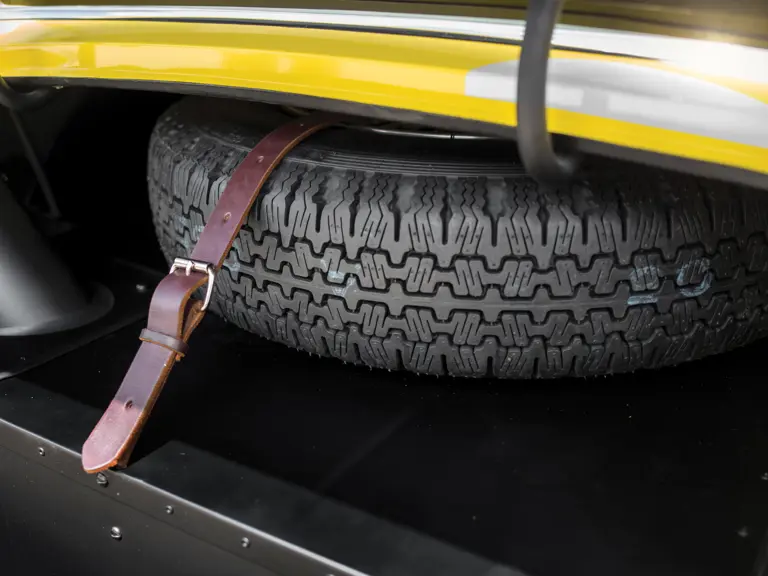
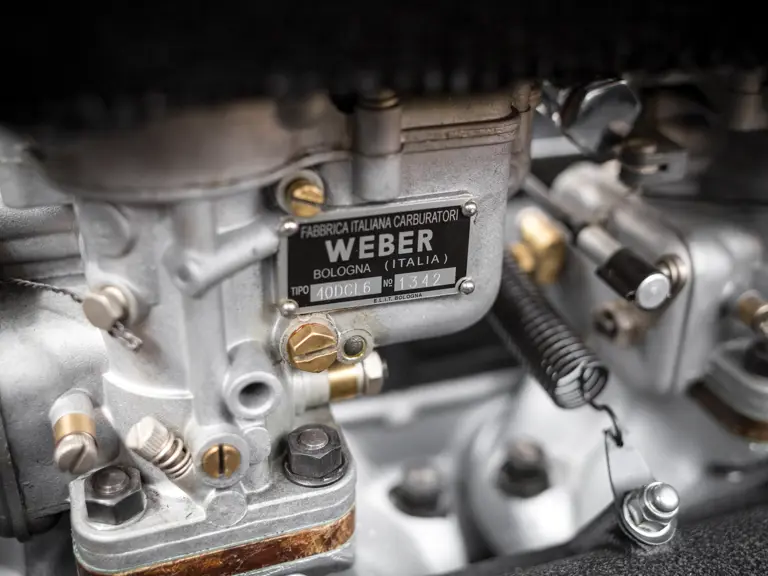

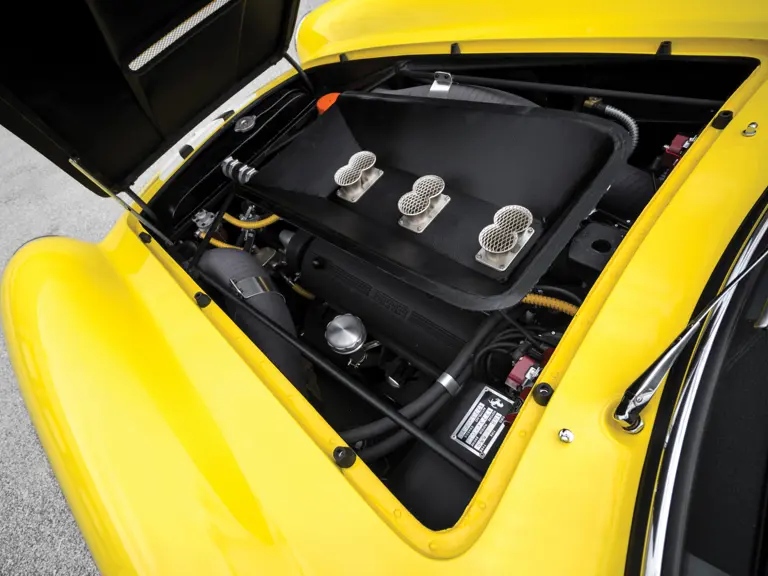
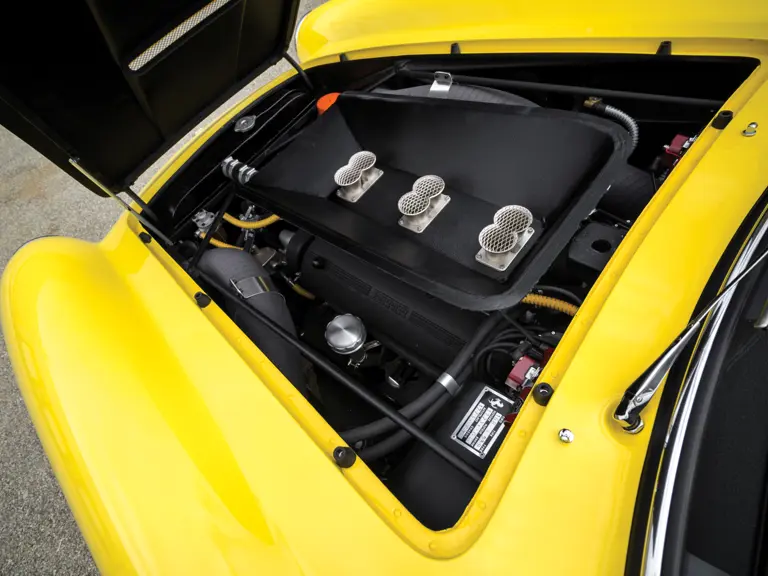

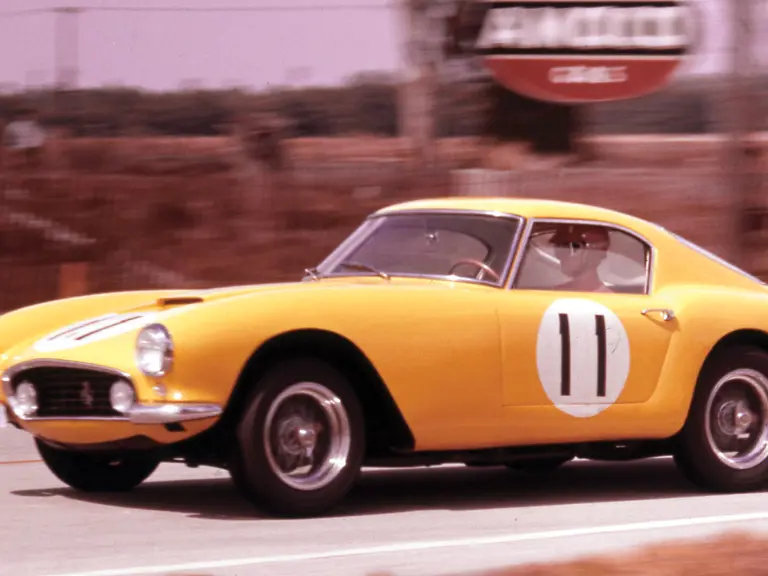
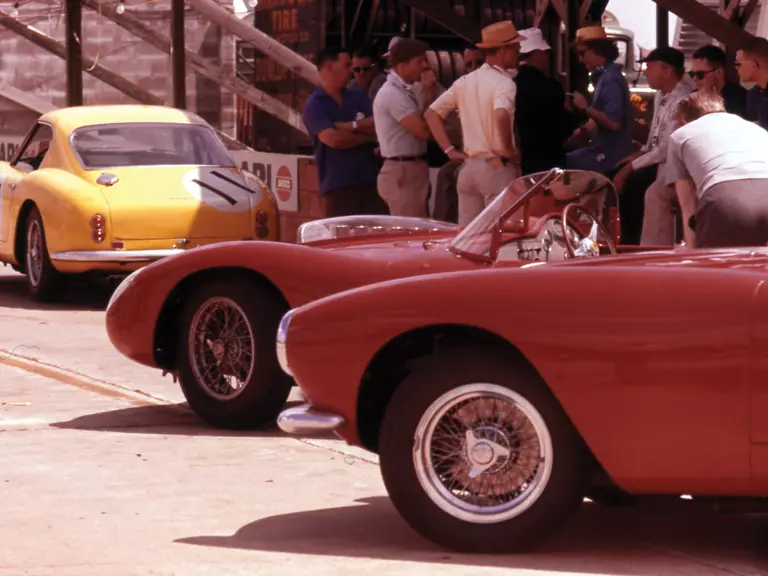
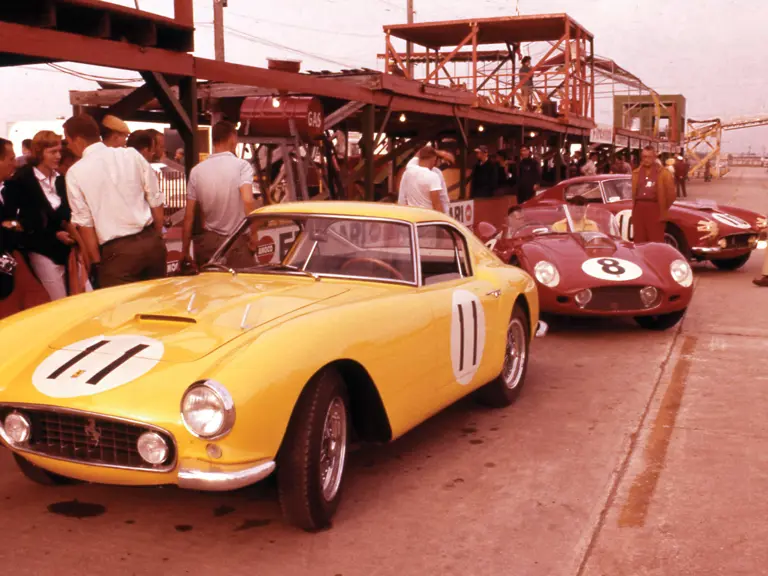
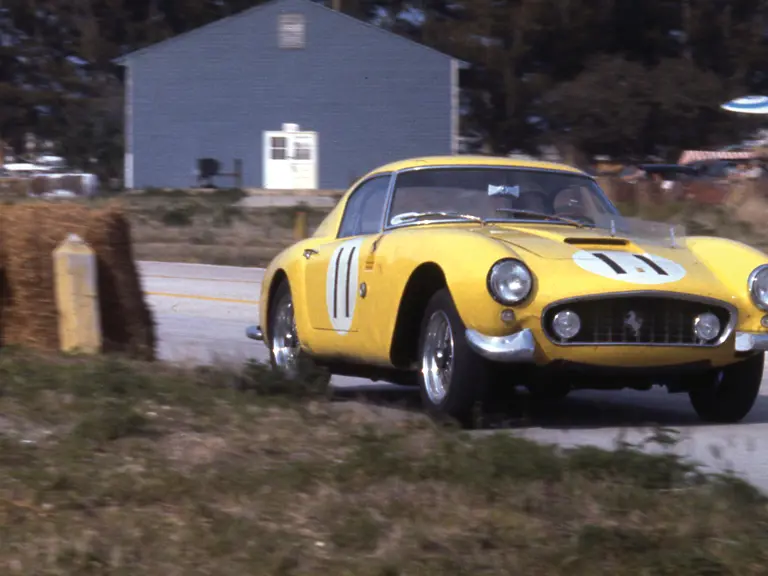
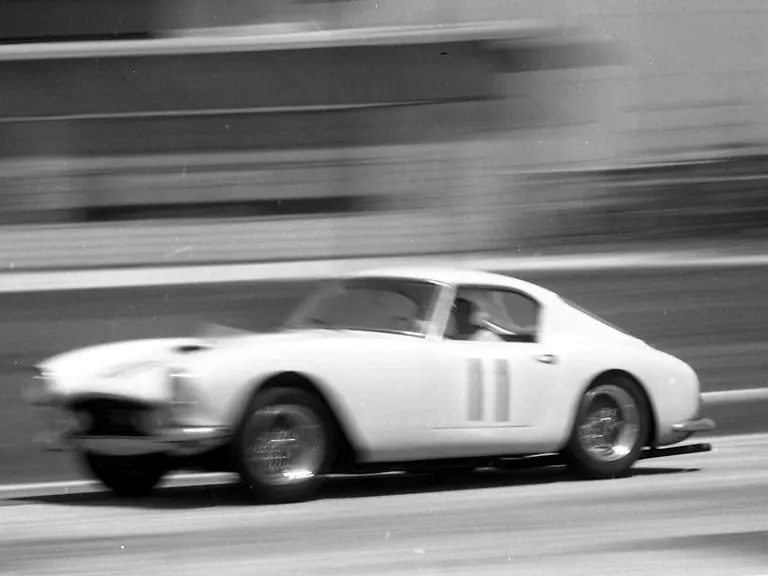
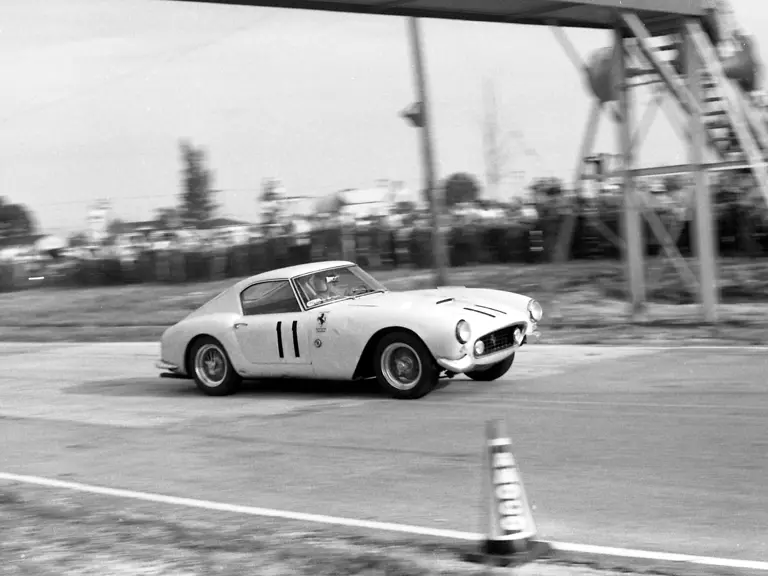
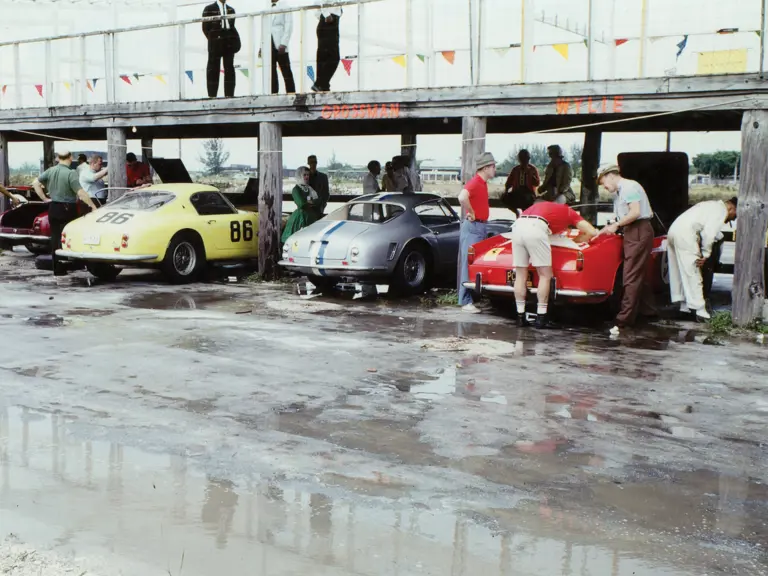
 | Monterey, California
| Monterey, California
